

Many people don’t realise how communication has changed so quickly over the past century and especially over the past two decades. It is only within the last twenty years that many people are able to carry a world of information and instant personal communication in their hands wherever they are!
Perhaps it is hard to believe that the iPhone and Android phone have only been available since 2007; in fact some say that this was the year that the whole world changed. Can you imagine today a world without email, internet and instant messaging, video and calls in your hands that is always available?
Before the rise in popularity of the mobile phone if you were away from your home phone you would have had to have some coins in your pocket and look for a red “Phone Box” which was connected to the “Post Office Telephone” wired network.
Some of these red boxes still exist – have you spotted one anywhere?
Before the voice telephone was available this same type of wired system was used for something called “telegraphy” which was sending messages from one place to another. This was where trained operators used ‘Morse Code’ a series of short and long flashing lamps or buzzers to send messages.
When the first wireless phones or “cell phones” were eventually introduced they were so large that they were usually installed in a car or other vehicle. This is where the name “Carphone Warehouse” originally came from.
In this issue Sofia has researched further because mum has promised her a mobile and so Sofia has come up with her findings while considering the developments in the past century and especially in the past twenty years.
Can you, like Sofia, imagine how life and learning without this technology might be - especially at times when there are pandemics and it is not safe to be too close to other people?

Sofia’s Blog – my very own research into the changes in personal communication over the past two centuries!
My mum has said I can have a new mobile when I turn eleven years old. I will need to be really careful not to lose it and very aware of the safety implications! I have been researching into different models in order to make the best choice. I decided to look back at the history of the rise and importance of radio communication in Wales, searching on the Internet. This is what I have come up with;
The main competitor to the iPhone uses an operating system called Android which has been developed by Google. Now I need to decide which one I would like, mum says; while she is saving up for it!
In the other older types of mobile the keys just had numbers, you would have sometimes have to press the keys more than once to select different letters if you wish to use them to text – not sure I could cope with this with the number of texts I hope to send!
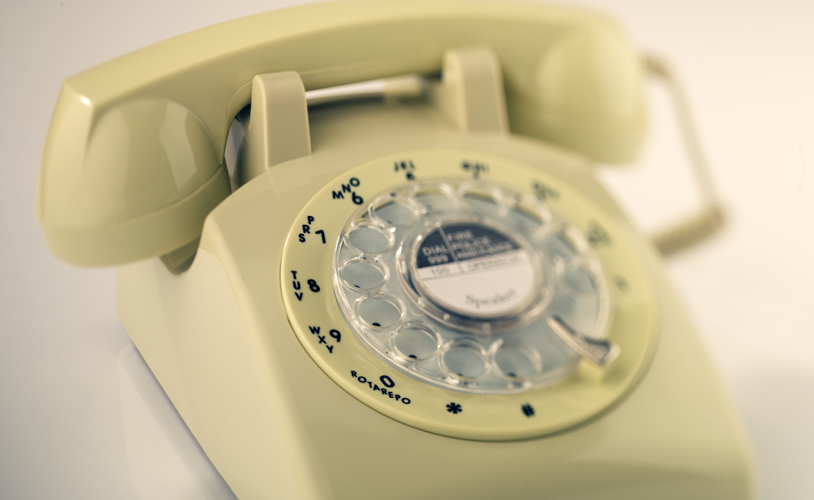
Can you use an old style dial telephone?
Before we had mobiles and modern digital phones most telephones used a sprung dial mechanism. You may still find these in some places.
To make a telephone call you needed to follow the steps outlined below.

What’s the best way to communicate?
Can you decide which method of communication is best to use to reply in each case. Consider how quickly a response is needed, whether the recipient is able to access your message and how much the message would cost.
Solutions available are:
In some there may be more than one response:
A. Your mum is shopping in town – you have just remembered you need a new notepad for school.
B. You have received a handwritten letter from your great aunt in which she has sent you some money for your birthday.
C. Your friend has invited you in a text to go to the cinema with her and her family. She needs to know quickly whether you can come.
D. You have received a letter from your school asking whether you might be interested in taking part in the local Eisteddfod.
E. You want to send your pen pal some digital photographs of your local town.
F. You wish to send a PowerPoint presentation that you have made to your friend who lives a long distance away.
G. You need to complain to a mail order company for faulty goods that they have sent you.
H. You wish to order a “take away” for delivery from a local fast food shop.
I. You wish to cancel an appointment at the dentists.
J. You want to contact your local paper with an advertisement to sell the stick insects you have bred yourself.
K. You need to send your online homework in to school.
Answers

Questions on Sofia’s Blog – what do you remember?
Can you help Sofia to remember the dates that different inventions came into popular use – she has already listed these in her blog but needs to have her memory jogged!
1. In what year was the iPhone first available?
2. Sofia cannot remember when Marconi first sent a message across the Bristol Channel using something called Morse Code. Tadcu said that this was the equivalent of the first text message! In which year did he send this message?
3. When Sofia told Tadcu that she was hoping for a mobile phone Tadcu told her that way back in the 1950s he had a job in the Post Office. Was it:
4. Whilst carrying out her research on the history of telecommunication Sofia discovered that the first telegraph underwater message from Wales to Ireland and then on to America was sent from a beach in Pembrokeshire. Was this:
5. The iPhone was invented by Apple Computers in the USA, it’s main competitor uses an operating system called “Android” – but which company owns and develops the Android system according to Sofia?
Annwyl Sara,
Sut wyt ti?
Well, how are things then? Is the weather any warmer? How is your Mamgu now? As you know I have been trying to persuade mum to let me have a mobile for my eleventh birthday. When I was researching for my (hoped for!!) new mobile I was really surprised to see how the use of mobiles has caught on across Britain.
Tadcu said that when he was “courting” (that’s the word he used) he had to call Mamgu from a freezing cold old red telephone box and feed coins into it in order to keep from being cut off!
Mam is a little more savvy; she said when she was young herself she had an “old fashioned brick of a mobile phone”, I am not quite sure what she means by that, do you?
In the link below is a web page from a site which looks quite genuine to me – there is a chart here which shows how more and more people now have the use of mobiles. What do you think – would you agree this is a reliable source of information Sara?
I learned in school that the term “percent” means one out of every hundred – so for example if 5% (percent) were using a mobile this would mean five households out of every hundred.
However don’t worry too much about this Sara, to me the important thing is that you can see the “trend” or in other words how much and how quickly things are changing.
Sara, do you think it’s good that there are so many mobiles now? Mum seemed to be worried at the increasing dangers of radiation but she seems to be over it now! I wonder whether they will ever run out of numbers?!
Anyway I will let you know later what type of mobile Mum will let me have and also whether she “locks it down” to I can only use it when (as she says) “I need to”!
Hwyl am y tro! Stay safe!
Sofia
If you have a mobile and you want to talk, text or use data, then of course you need a mobile signal!
When mobile phones were first introduced they were known as “cell phones” this was because as the person driving a car would be on the car phone it would move from one area to another and get its signal from different masts in different “cells” without the signal cutting out between the cells.
There are four major providers of service in the UK who have their own “network” of masts. These are O2, EE, Vodafone and Three. There are other smaller networks that “piggy-back” on to these and it is worth checking out which mast network they use. These masts can have very small and low powered transmitters which serve mobiles quite close to them or they can be much larger. Because of radiation worries many people are concerned when they are built close to homes and schools. Again the question we should ask is does “the benefit outweigh the risk?”
Some of these masts may even be in “disguise” and look like trees or smaller ones may just be a small box bolted on to a telegraph pole. But do you know where your nearest masts are? Keep an eye out when you are walking or driving around.
It is easy to check whether there is a mast close to you; that is to use the OFCOM coverage checker in the link here. If you are relatively close to a transmitter then you will see a strong signal on your mobile screen. Parts of Wales unfortunately still have very little coverage because of the hilly terrain as well as the sparse population. There have unfortunately been stories of people trying to use their phones in remote places in Wales during an emergency and being unable to get help in time as there was no mobile signal on their particular network, so it might be useful before leaving to make sure you would have a signal wherever you are visiting.
Put in your postcode and see what networks you can access. You might also like to try where you go on holiday?

CYMRU MOBILES LTD
Branches in Bangor, Newtown, Cardiff and Swansea
Our best buy SIM-ONLY packages at Cymru Mobiles – a SIM to fit your own phone at a special young persons’ price!
Choose from a special monthly rate for students and younger users – or a simple pay as you go deal.
You may top up extra data whenever you wish for a month at a time or pay by minute or text as you use your phone!
Monthly package charges:
Special Monthly Rate £5 per month! – just text monthly 5 to 124569:
Includes unlimited Minutes, Unlimited Texts and 2gb of data per month!
For 2gb Extra at £5 for a month data – text data5 to 124569
Please note that at the end of each month you lose any unused data, texts
or minutes – picture messages are extra.
Pay as you go charges:
Calls 10p per minute
Texts 10p per text
Data £3 per gb
Hurry this offer ends soon – buy online or visit us in store in Bangor High Street (social distancing rules are followed).
You can top up your account with a voucher bought at any supermarket or by text using a bank card. All users must be a student or under 18 years of age. Users under 14 years old must have the permission of a parent or guardian to enter into an agreement with Cymru Mobiles Ltd. High Street Bangor Gwynedd Wales.

Young Wales
September 14th 2020
Young Wales reports that whilst many of today’s adults were content as children at age 11 to play in the street, play with toys indoors, watch the television or read books, things are changing! It has been suggested that even as way back in 2014 70% of those aged 11-12 (rising to 90% at age 14) now owned their own mobile. These children would now be at the school leaving age! Now in 2020 we are on the way to the place where just about every young person will have their own mobile before they get to secondary school.
It is concerning though that according to an article in the Daily Express, researchers have suggested that children could be more at risk from radiation because their “potential cumulative lifetime exposure is far greater than any adult today”.
According to the article “While there is no convincing evidence that they affect adult health, experts believe children may be more vulnerable because of their developing nervous systems and thinner skulls which absorb higher levels of radio energy.”
The Department of Health said at that time: “There is no evidence that use of mobile phones affects health, but we want to keep all available information under review.” The main question this raises for the users and for teachers, parents and guardians is whether “benefits outweigh the risk”.

In Sweden some schools have lined the classroom walls with lead to stop radio waves from reaching the pupils. Some schools in Wales have banned pupils from bringing in such equipment to class whilst others have promoted the use of smart devices by pupils as it enables them to research and work independently. Schools also have wireless networks themselves in the classrooms.
With the 2020 pandemic and the very fast move to learning from home and “blended learning” using online learning environments like the Welsh Education “Hwb” where you can work online and interact with teachers this could become a possible problem.
“Young Wales” would like to know what the views of the young people of Wales are – do you think that these possible risks are worth taking and do you find online learning beneficial? Is it fair that some pupils are not able to easily access online learning as their families can’t afford to buy the equipment?
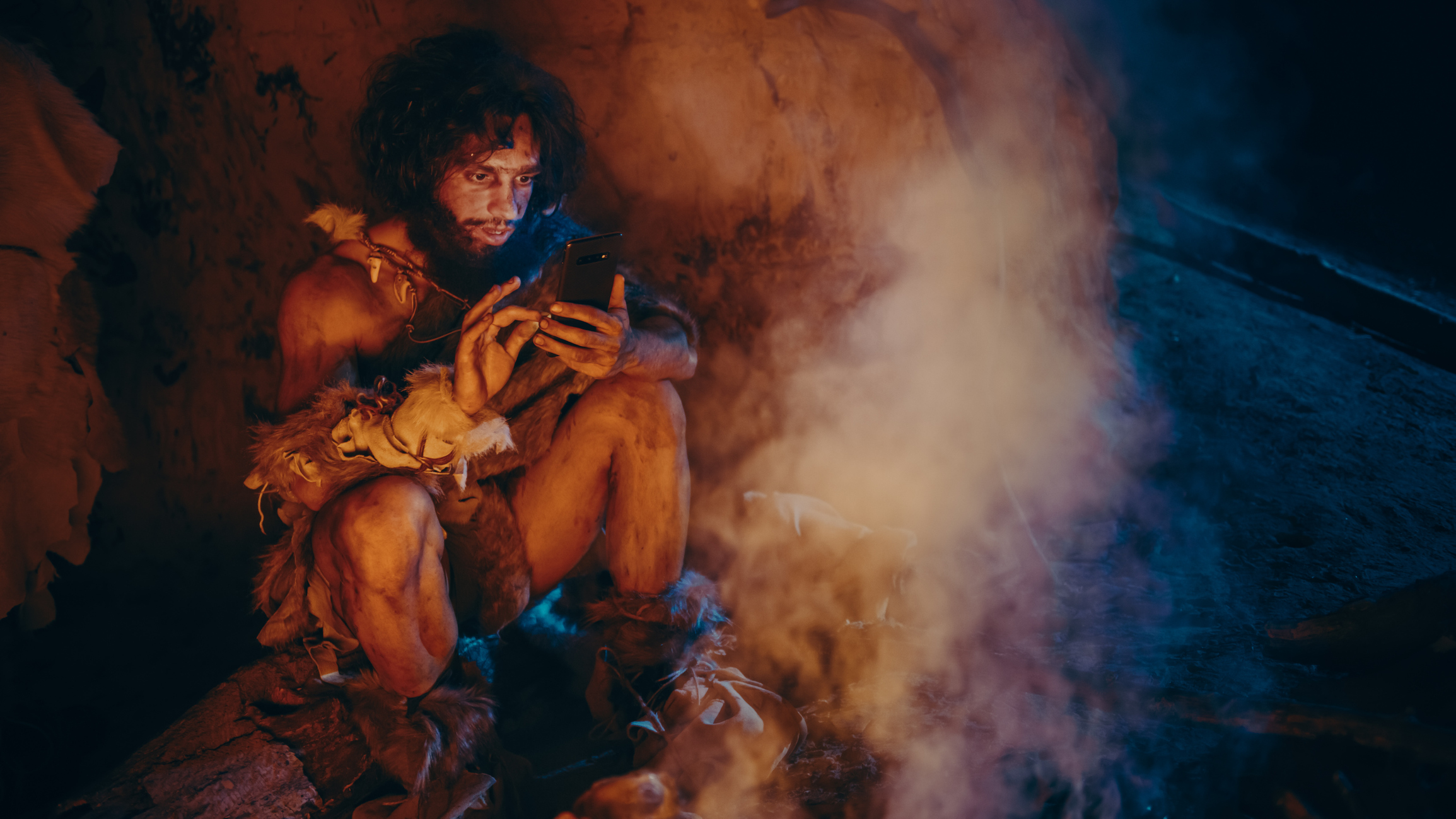
Where would we begin with the story of the evolution of personal communication? At some point humans must have learned to speak language and also to communicate by mark making to record things for others not there at the time to hear or read!

As time has gone by devices for calculation, for wired and wireless communication and other digital devices have merged culminating so far with the ”all singing-all dancing” “state of the art” mobile phone and more recently this includes video calling and with the smart speaker such as Amazon Echo; who knows where things will go next?! What do you think?
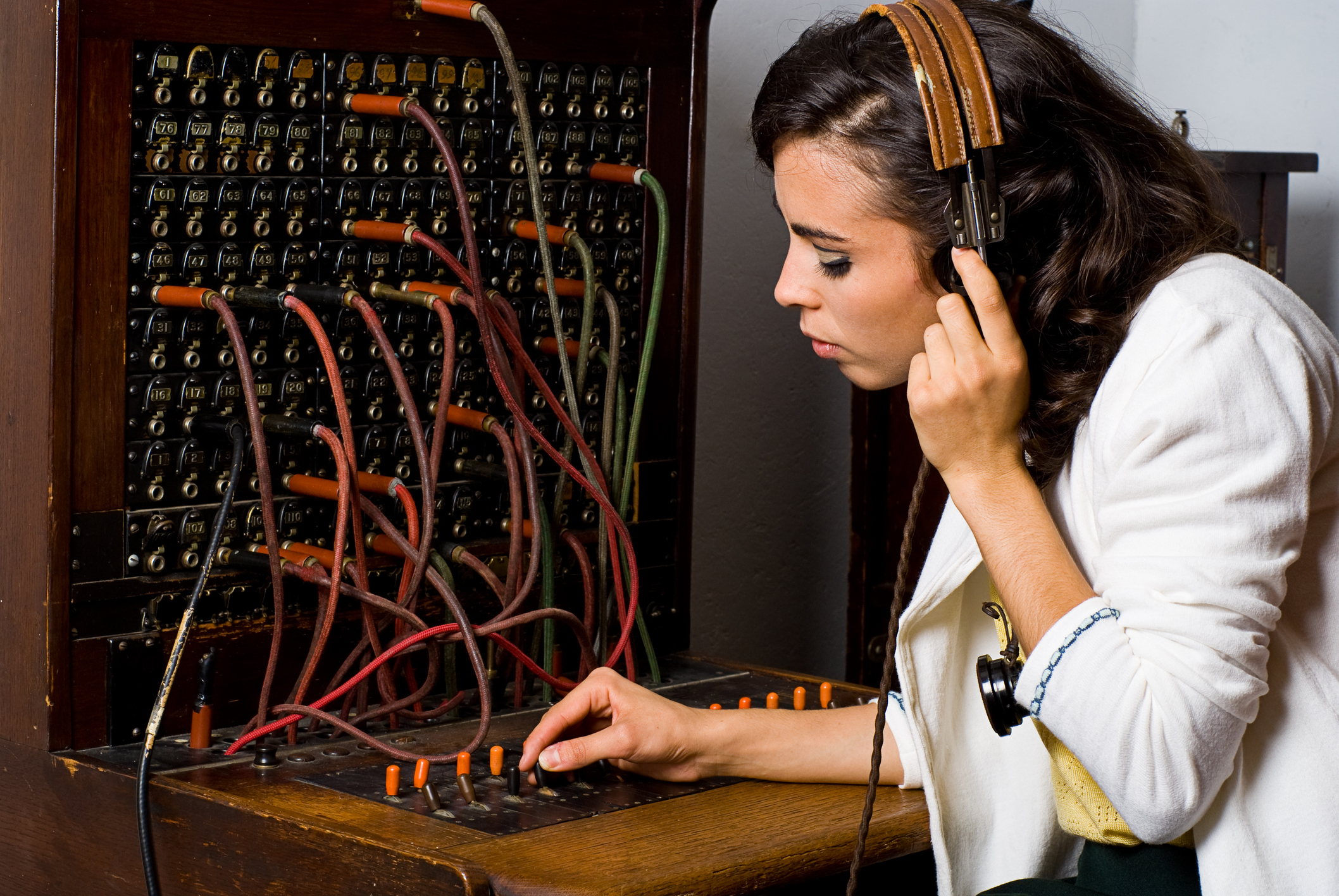
Up until the middle of the 1900s there was an “operator” in an “exchange” whose job was to connect you by plugging in your “line” to that of another person. This was replaced gradually with direct dialling and for long distance something called STD which stood for Subscriber Trunk Dialling. Now even wired in home phones send their audio messages in digital format things are evolving very quickly!
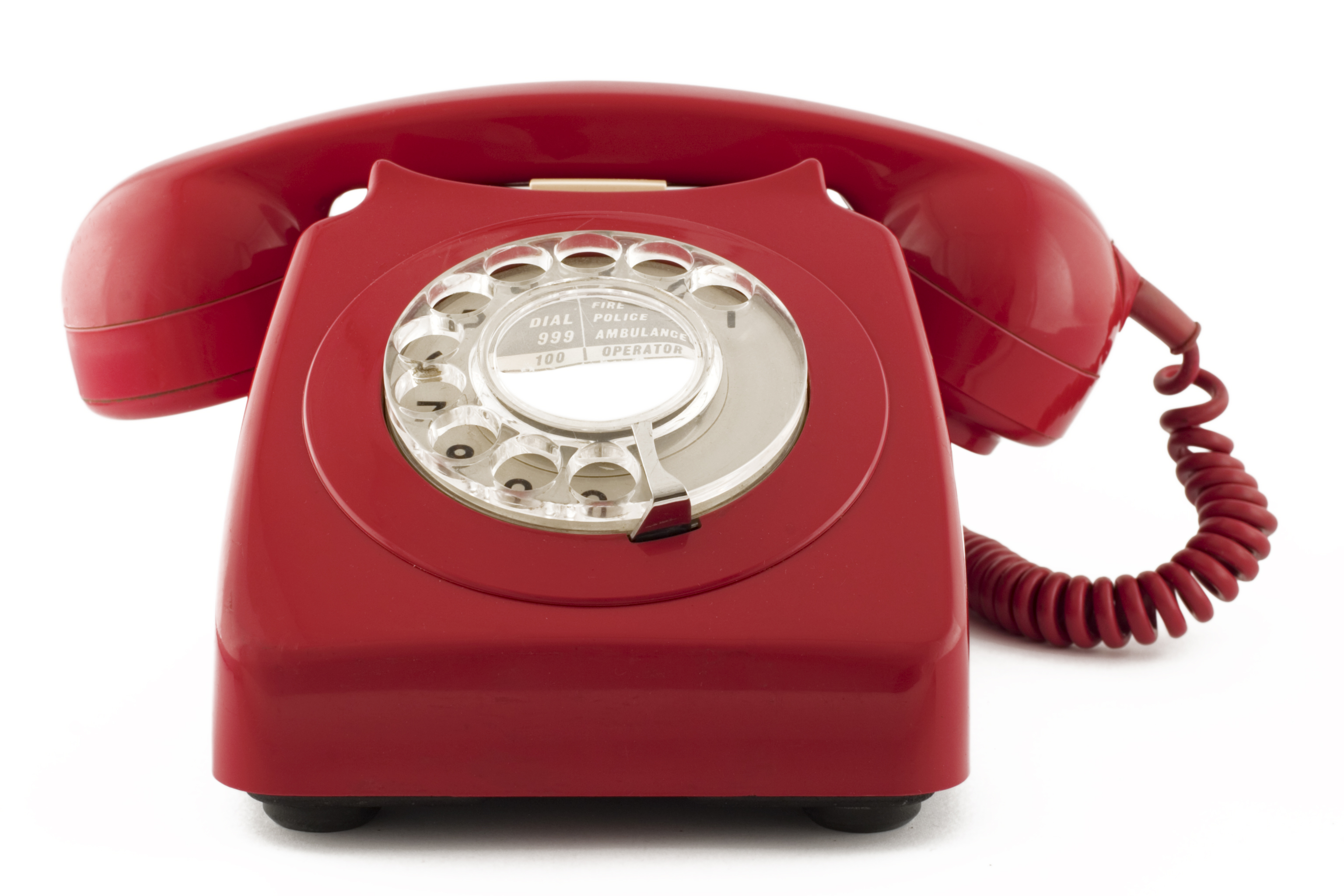
Before the move to mobile phones, where you call a place not a person, the standard home phone looked like this. Would you be able to use one? Can you make a list of the steps you would need to take to call for an ambulance? Fire or Police? It’s surprising how many people don’t know how to do this now!
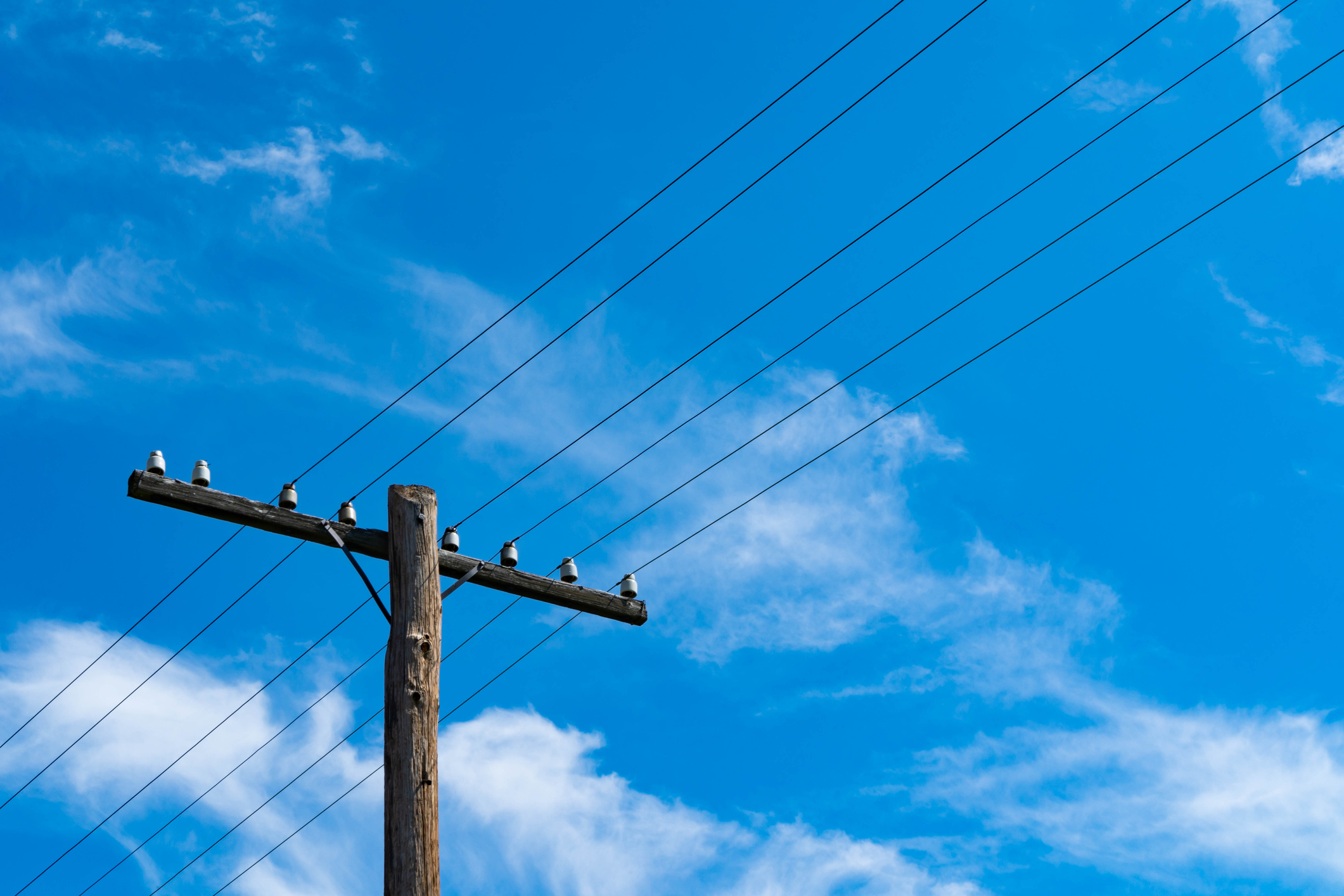
Old style telegraph poles would carry the cables from one exchange to another. These are now being replaced by digital cables, satellite and even cables that work with light! Beware not to climb on to anything that is connected to electricity or to be tempted to open cabinets that may have electrical equipment in them!
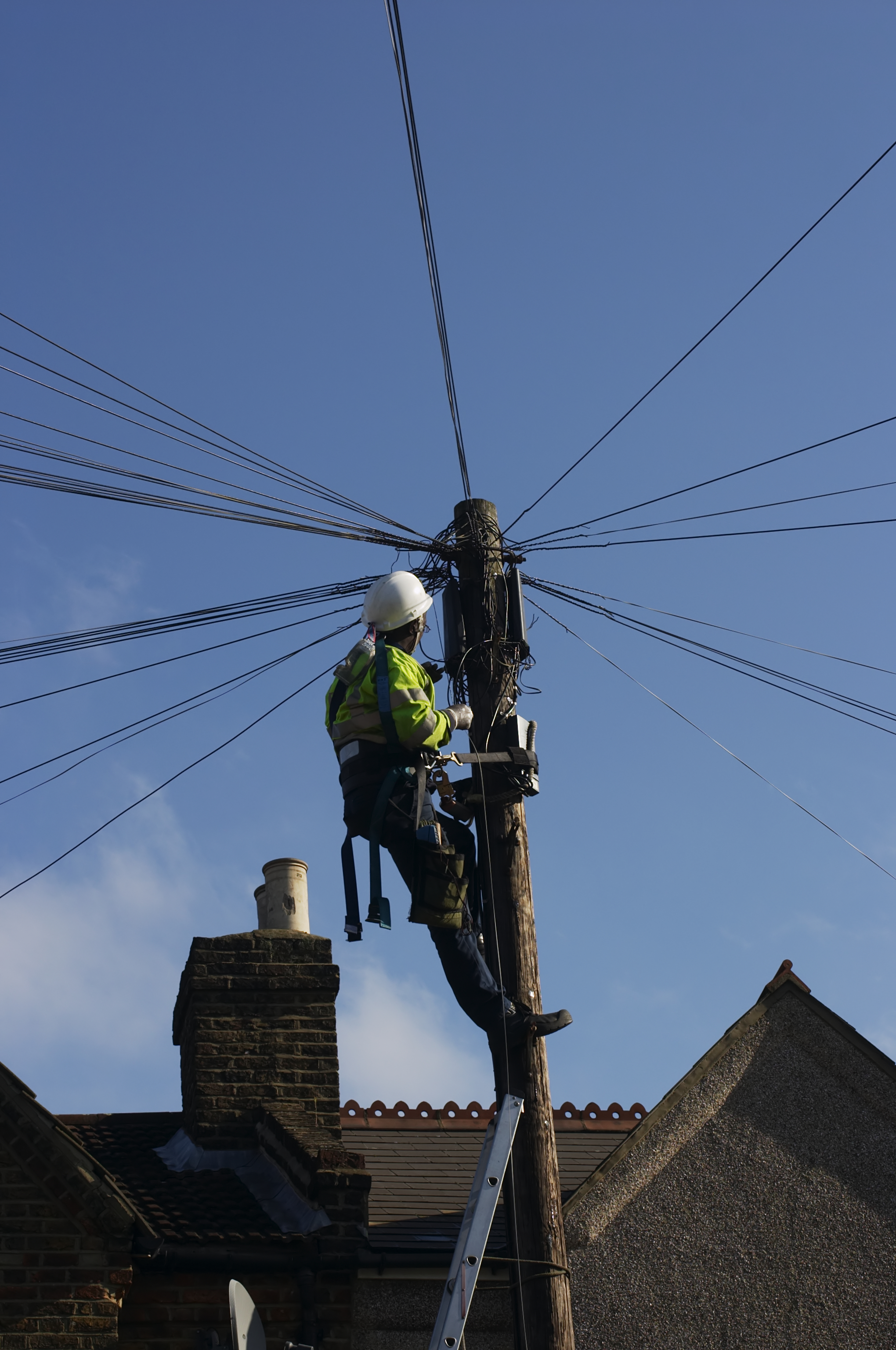
The job of telephone engineer is changing; fewer engineers now need to climb telegraph poles as the more modern fibre cables are laid in pipes underground. We sometimes forget all the wires, pipes, poles and cabinets which we are never very far from. Do you know anyone who is a telephone engineer? Do you have any telephone “street furniture” close to where you live? Do you know where the mobile phone mast closest to you is?
Possible Health Risks of Mobiles
When I was considering asking mum for a mobile, Tadcu looked a little worried “Don’t you know that mobiles and mobile networks could damage your health?”.
He also told me that in Sweden some schools have lined the walls with lead cladding to block out mobile and wireless waves to protect pupils from radiation from them. That started me thinking “do the benefits outweigh the risks”?
I told him that in the UK there is an organisation called “OFCOM” that ensure that we are all kept safe from any potential harm from phones, mobiles and television.
Tadcu told me that recently people have wanted to pull down the mobile transmitters as there was a “conspiracy theory” that suggested that the new fifth generation (5g) mobile signals were causing the symptoms of the pandemic that is sweeping across parts of Wales.
Here is an official video from OFCOM – what do you think of their response to those people that Tadcu called “Luddites” who refuse to accept such new technology? Here the OFCOM officials tell you what their view is.
Here is a set of photographs that Sofia has found of various pieces of equipment connected with communication. She would like to be able to get this into what historian’s call “chronological order” from the earliest date up to now.
Working in a group or with a partner can you decide which photograph you would place where on this timeline.
You might also like to discuss what you think is being shown in each photograph and whether Sofia should have included it in her timeline.
You might also suggest the year in which each technology was first used.